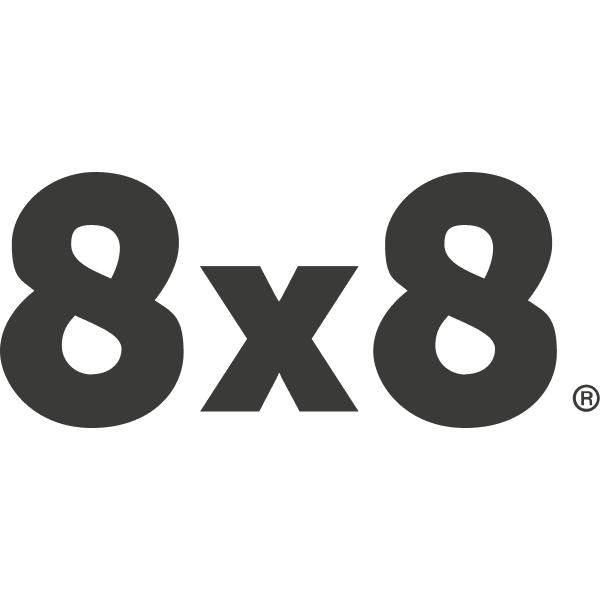Today’s Technology: Is It Helping You Live Up to Future Expectations?

Editor's note: This is part three of a three-part series on the move to hybrid work.
That’s not to say physical workplaces will shut down or disappear completely. After all, more than half of people in a recent survey say they have missed being physically around their coworkers over the last few years. But with hybrid working now becoming the norm, most people are choosing when they’re working in and out of the office, and, indeed, when they work—far fewer people are choosing to make frequent journeys to a physical workspace.
Hybrid work expectations
The move to and expectation of hybrid work is showing organizations that they need to deliver more than simply remote access, and to all their employees, not just back-office staff. Organizational success now depends on an ability to create a digital workplace that employees can connect to from anywhere and use with ease.
Customer experience matters, too. Customers were already starting to prefer digital interactions with organizations even before the pandemic, and this trend continues to rise dramatically: 95% of companies reported a dramatic growth in customer self-service requests in 2021. So, it’s essential for organizations to have an increasingly optimized solution that delivers convenience for customers, but also supports employees wherever they are.
Optimizing technology for hybrid work
Many organizations have struggled with the journey to hybrid work. It hasn’t helped that some technology providers describe their solutions as seamless and integrated, but when businesses start to use them in earnest, it’s clear that they are anything but.
That’s why we introduced 8x8 platform, a deployment model via a single platform that delivers fully integrated, cloud-native contact center, voice, team chat, and video meetings. Many organizations find themselves managing a number of disparate workplace solutions when they move to the cloud, making it harder for IT teams to deliver the joined-up hybrid work experience people need and expect. The 8x8 deployment model anticipates and resolves the issue by bringing these all solutions together.
By including contact center in particular, organizations are able to bridge a gap that’s found in other solutions—where business users use a unified phone, video, and messaging platform, and contact center agents use a separate cloud platform for inbound, outbound, and digital customers comms. The 8x8 deployment model enables information and resources to be shared consistently and in real time throughout the organization, immediately improving the customer and employee experience.
It also significantly reduces the impact of hybrid working on the IT function, which is taking on more work, and becoming more involved with workplace strategy, as organizations focus on digital workspaces. A single admin reduces the workload of provisioning, configuring, and managing communications, while cross-platform analytics enable the business to make better decisions across all users and channels.
“When it comes to the platform, it’s the data insights, and the ability with which you can make those insights readily available across the organization to help us do our job better.” - Brian Himstedt, Sr. Director of Technology, Kansas City Royals
SImplify the hybrid work journey
The technology decisions involved in delivering hybrid work aren’t as complicated as you might think. Incorporating online language assessment tools can enhance the adaptability of your hybrid workforce. These tools ensure that language proficiency is accurately gauged across diverse teams, facilitating effective communication and collaboration in a digital environment. And best of all, as well as giving your employees the ability to work from anywhere, you’re also supporting the fundamental flexibility, resilience, and agility of your business—preparing it for future success, no matter what happens.
Find out more or contact us if you’ve got any questions. We’re happy to help.


